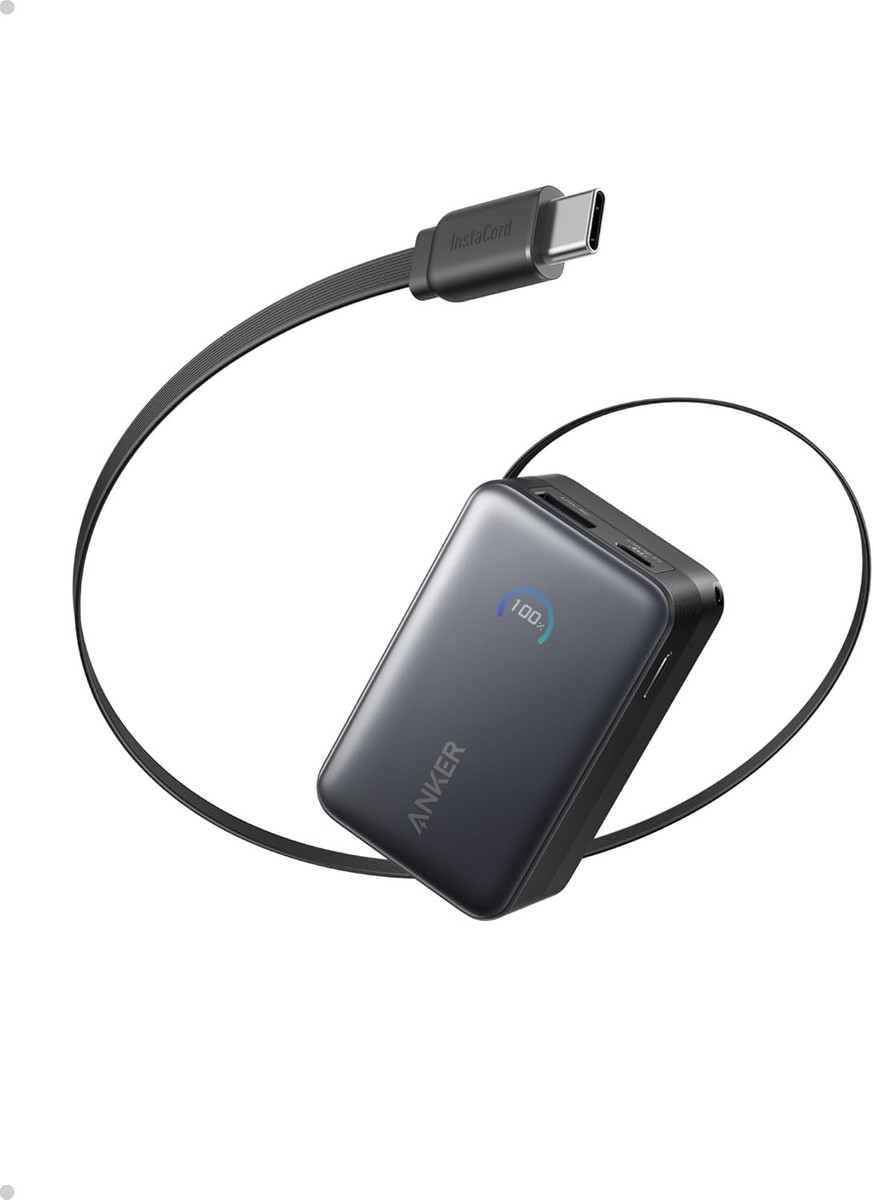

There are some limitations with the updated design, but this Anker power bank is excellent.
Smartphone batteries are progressively improving in size and performance, yet I still like to carry a portable charger. It’s not out of necessity, but it’s always wise to have one on hand, just in case. For almost two years, I’ve depended on the Anker Nano Power Bank (A1259), which has proven very dependable. Now, there’s a more recent version, and I’ve finally managed to get it.
Several significant differences exist between the two chargers, from design to cable, charging speed, features, and more. Overall, it’s a remarkable charger that I would recommend to anyone, particularly if you can score a good deal on it. Here’s what I appreciate and what could use some enhancements (which, frankly, isn’t much).
A fresh appearance conceals its most captivating feature
One of the primary reasons I adored the older Anker Nano Power Bank (A1259) was its design, which I find quite iconic. It’s not overly bulky, and it has a built-in USB-C cable that serves as a loop, making it convenient to carry. It’s a fairly durable cable, and throughout the years I’ve owned the charger, the cable has never let me down.
The new Anker Nano Power Bank (A1638) changes things quite a bit, and I’m not entirely convinced I’m a fan. It remains relatively compact, but it presents a bulkier design than its predecessor. It’s not as easy to slip into a pocket as the earlier model, and it feels somewhat like a small brick or large stone in my hand, weighing about 231.3g, whereas the older version weighs just 215g.
And while I might not be overly keen on the new design, there is a valid reason for it: the new retractable USB-C cable no longer functions as a loop and is instead concealed within the charger. This way, you not only have a built-in cable, but it is also significantly longer than the previous version when fully extended, measuring 2.3 feet, enhancing its practicality.
Anker claims that it has a weight similar to an iPhone 17 Pro Max, which is the heaviest model in the lineup. It’s not awful, but it is a bit surprising coming from the smaller and lighter A1259.
It’s a clever design that is beginning to emerge in more power banks, but the drawback is that it renders it bulkier. Honestly, it’s a reasonable trade-off, and Anker asserts it’s still 16% smaller than other models with retractable cables.
Moreover, the newer Anker Nano Power Bank (A1638) retains a loop, although it’s a more conventional one attached to one corner of the unit.
Accelerated charging, same substantial battery
While both chargers are equipped with 10,000mAh batteries, the A1638 model accommodates speeds of up to 45W. This is excellent, because devices like the Galaxy S25 Ultra max out at 45W wired charging. Although numerous flagship Android devices feature even quicker charging speeds, this upgrade will still be beneficial for those phones.
For instance, I’ve been using it to charge the Motorola Razr Ultra 2025, which supports a 68W charging speed. Using a 100W+ wall charger, the Razr’s 4,700mAh battery fully charges in just 40 minutes. Here’s how swiftly the phone charges from 0% to 100% utilizing both the older and newer Anker Nano portable chargers:
As indicated, the newer model charges the Razr battery in under an hour, while I must wait over an hour with the older model. It’s not a massive difference, but any enhancements in charging speed are welcomed, especially when dealing with larger batteries.
Both models also showed variation in the amount of capacity remaining after providing a complete charge to the Razr, with a difference of 7%. Naturally, this could also be influenced by the older charger’s age, leading to diminished capacity. Thus, don’t expect two full charges on phones with larger batteries, but you will still achieve a sufficient second charge.
Of course, you can charge multiple devices simultaneously, which is also practical, but the charging speed decreases significantly, particularly when charging three devices at the same time. Therefore, I would only recommend using this option as a last resort.
And if you don’t have a particularly fast wall charger available, you can utilize the A1638 as an intermediary, charging it with any available wall adapter while charging your smartphone with the power bank for faster speeds.
When it comes to charging both power banks themselves, it will take considerably longer, taking into account their capacities and the fact that they top out at 30W input. The A1638 takes a bit longer to achieve a full charge, taking just under two hours to go from 0